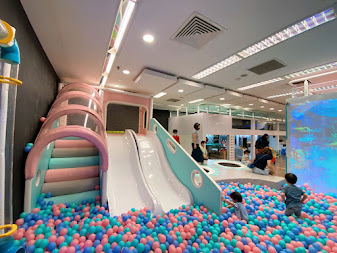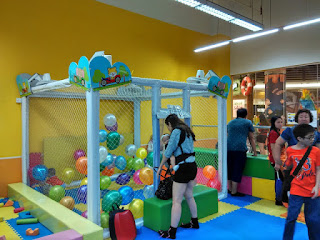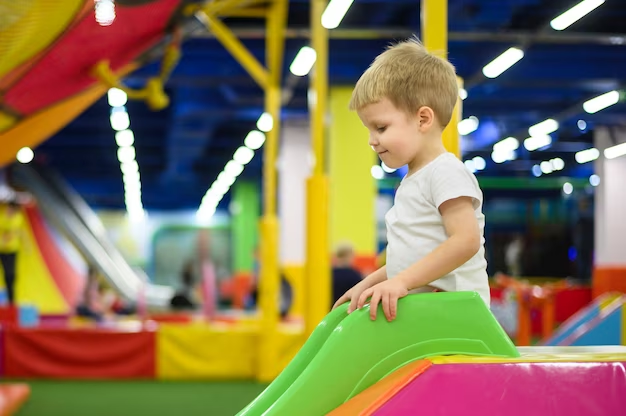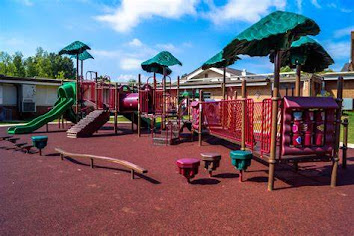The Allure of Indoor Playgrounds: A World of Fun and Learning
Introduction:
Indoor playgrounds have become increasingly popular in recent years, providing a safe and engaging environment for children to play, learn, and socialize. With an array of interactive play structures, games, and activities, these indoor venues offer a wealth of benefits for children of all ages. From fostering physical development to enhancing cognitive skills and promoting social interactions, indoor playgrounds have revolutionized the way kids play and explore.
1. Safety and Security:
One of the primary advantages of indoor playgrounds is their emphasis on safety. Equipped with soft padding, cushioned floors, and rounded corners, these venues minimize the risk of injuries and accidents. Careful attention is given to the design and materials used to ensure a secure environment for children to play freely. By eliminating outdoor hazards, such as rough terrains and uneven surfaces, indoor playgrounds offer parents peace of mind knowing that their children are in a controlled and supervised setting.
2. Physical Development:Indoor playgrounds provide a wide range of activities that facilitate children's physical development. From climbing walls and jungle gyms to slides and trampolines, these play structures encourage kids to engage in full-body movements, improving their motor skills, balance, strength, and coordination. The absence of weather constraints in indoor playgrounds ensures that children can stay active and energized year-round, even during inclement weather conditions. Such regular physical activity not only promotes healthier bodies but also reduces the risk of childhood obesity.
3. Cognitive Stimulation:
Indoor playgrounds are designed to engage children's cognitive abilities and stimulate their imaginations. Many of these venues incorporate educational elements within their play structures, such as alphabet walls, number games, and puzzles. These activities enhance children's problem-solving skills, spatial awareness, and cognitive abilities. Pretend play areas, dollhouses, and construction zones also encourage creativity, allowing children to explore different roles, scenarios, and create their own narratives. Additionally, sensory play areas with materials like sand, water, and tactile surfaces stimulate children's senses, fostering their cognitive development and sensory integration.
4. Social Interaction:
Indoor playgrounds provide unparalleled opportunities for children to socialize and interact with peers. They promote the development of essential social skills such as sharing, taking turns, and cooperation. As children navigate through the play structures together, they learn to communicate, negotiate, and resolve conflicts, building their emotional intelligence and empathy. Indoor playgrounds often organize group activities and games, encouraging collaboration and teamwork. These interactions help children develop confidence, self-esteem, and the ability to form and maintain relationships as they learn to navigate social dynamics and forge new friendships.
5. Parental Involvement and Relaxation:
Indoor playgrounds also offer benefits for parents. These venues often provide comfortable seating areas where parents can relax and socialize while keeping an eye on their children. Some indoor playgrounds even offer parent-child interactive games or activities, allowing parents to bond with their children in a playful and supportive environment. Indoor playgrounds also serve as fantastic venues for hosting children's birthday parties and family gatherings, offering a stress-free and enjoyable experience for both children and parents.
Conclusion:
Indoor playgrounds provide a multitude of advantages for children's overall development, offering a safe, engaging, and stimulating environment for play, learning, and socialization. With their commitment to safety, emphasis on physical development, cognitive stimulation, and opportunities for social interaction, indoor playgrounds have become a beacon of fun and learning for children of all ages. These venues have successfully revolutionized the concept of traditional play, transforming it into an enriching experience that nurtures children's growth, learning, and social skills.
Read More About Playgrounds from this ARTICLE




Comments
Post a Comment